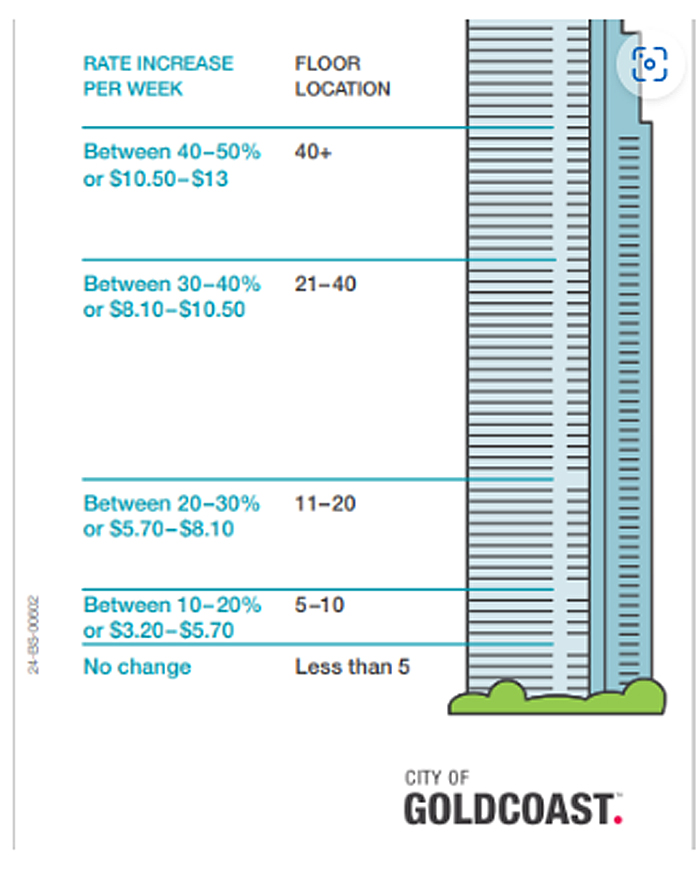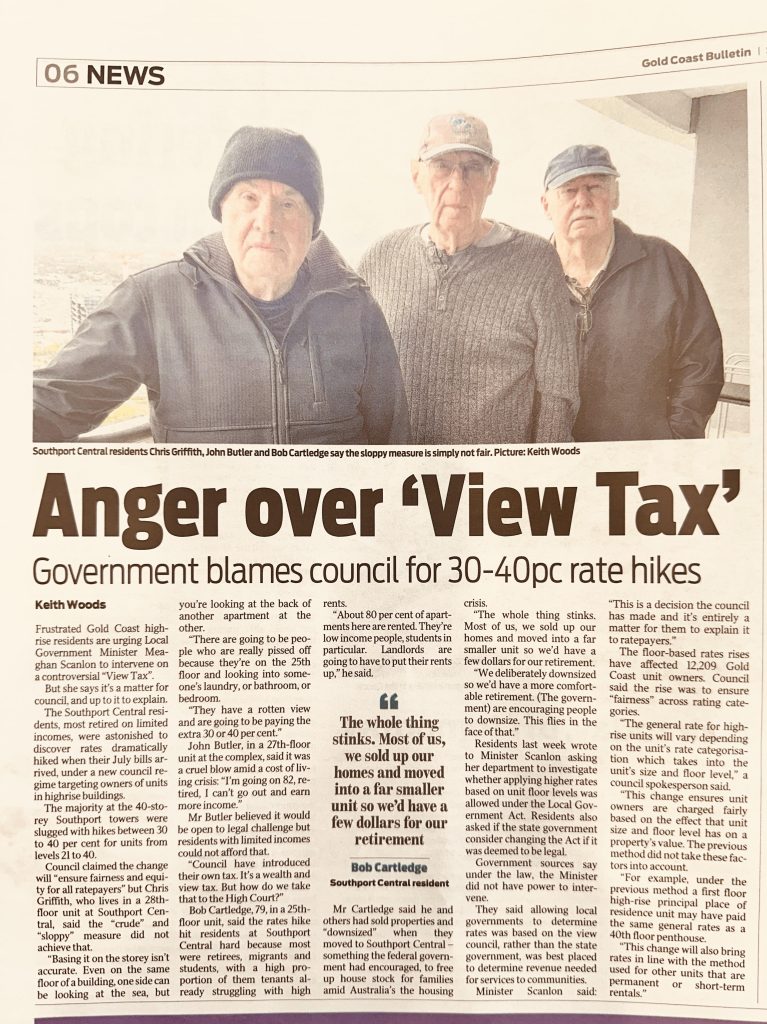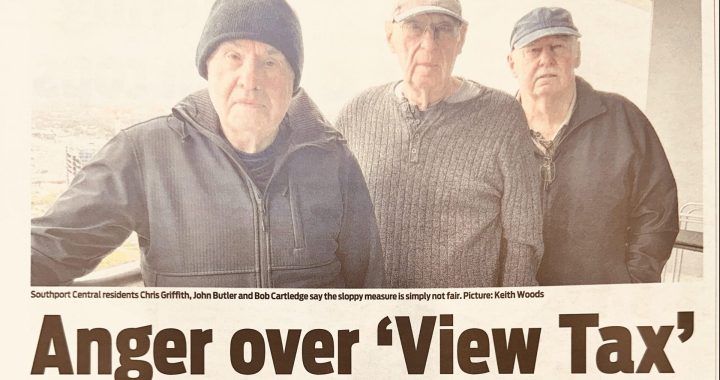The Gold Coast City Council builds and maintains the city’s infrastructure, including roads, parks, traffic signals, libraries, community centres, etc. To pay for this, it charges property owners general rates. This used to be a fairly simple charge assessed as a “rate” in the dollar based on the value of a property.
The council has claimed that it has set a general rate of just 4.4 per cent. That, however, is very misleading as it is just the average across the whole city. In practice, the council has levied an additional view tax on all apartments in the Gold Coast resulting in an up to 50 percent increase in rates.
The new tax mirrors a “sunshine” tax first levied in England in 1696. It taxed property owners on the number of windows on the theory that the more windows, the wealthier the owner. It was repealed more than 170 years ago. The Gold Coast City Council’s version is that the higher your floor, the wealthier you are.
It goes like this: The higher the floor, the better the view; the better the view, the more valuable your apartment; the wealthier you are; the wealthier you are, the more you can afford to pay.
The council says this is a fairer and more equitable way to set rates. But only for rating apartments. What do you think??? It affects every apartment owner, whether an investor, a retiree on a fixed income, an ordinary working person, a single mother, etc.
We all know this formula is fatally flawed and without any logical basis. No two views are equal. Many lower floors in some buildings can have a different and often better outlook than some higher floors that look into an adjoining building metres away.
Multi-million homes have very valuable views across canals as do mansions with absolute beach frontage and ocean views. They do not suffer a view tax.
The council acknowledges that it is far less expensive to maintain infrastructure for apartment owners than for low density suburban areas. Yet it singles us out to grossly
subsidise those suburban areas.

It is up to owners to protest this anachronistic, unfair and discriminatory view tax. Many of us have already written to our local councillor and our Member of Parliament.
We have also written to the state Minister for Local Government responsible for the legislation that lets the council impose this tax, and importantly, given the impending state election, the Shadow Minister for Local Government.
All owners need to write to ALL of these representatives telling them what we think of this and demanding the repeal of this tax.
Click here to protest to the council.
Email Ms Meaghan Scanlon, Minister for Local Government, Queensland 4000, housing@ministerial.qld.gov.au.
There’s also Ms Ann Leahy, Shadow Minister for Local Government, Queensland 4000, warrego@parliament.qld.gov.au.

Tell them that higher floors don’t equal an ability to pay up to 50% more in rates than a property owner in the suburbs or a multi-millionaire living on a canal.
Do it now!

